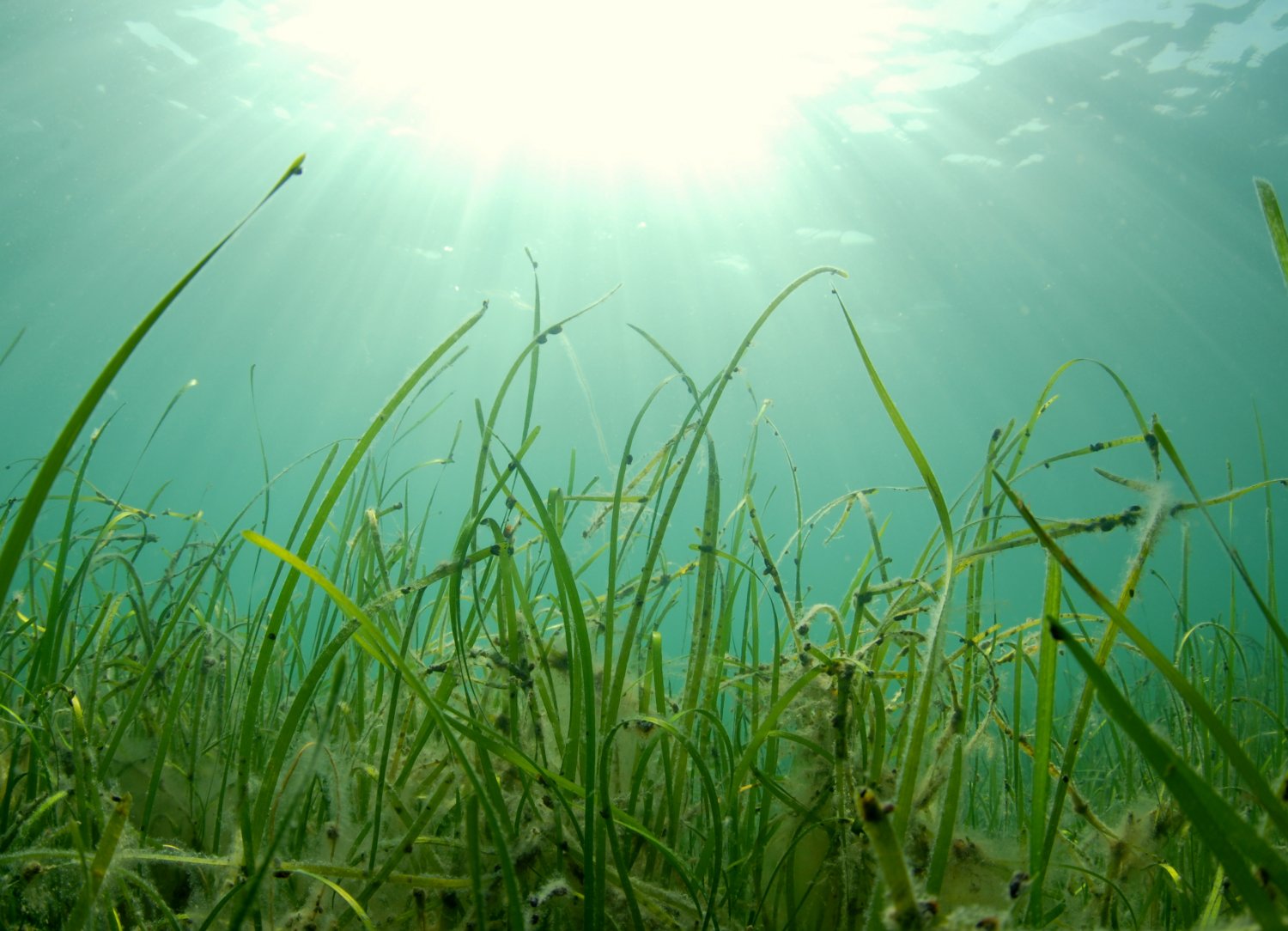Response to experimental warming in northern eelgrass populations: Comparison across a range of temperature adaptations
New publication by P. Beca-Carretero, B. Olesen, N. Marbà, D. Krause-Jensen

ABSTRACT:
Global warming may exert diverging effects on eelgrass (Zostera marina L.) populations originating from the northern versus the central part of the distribution range and on populations growing at saturating versus limiting light. We experimentally examined growth and physiological temperature responses of three eelgrass populations adapted to different temperature regimes in subarctic Greenland (2 populations) and in Denmark (one population). Shoots were incubated at five different temperatures (10, 15, 20, 25 and 28 °C) for 15–16 days at a saturating irradiance (200 µmol m-2 s-1) and one of the populations was also incubated at limited irradiance of 50 µmol m-2 s-1. All populations exhibited optimum temperatures of 20 – 25 °C for photosynthesis and growth at saturating light, while light limitation reduced the optimum by 5-10 °C. When compared at their respective in situ summer temperature (i.e. 10, 15 and 20 °C), all populations exhibited similar relative growth rates indicating a capacity for local adaptation. The two subarctic populations exhibited higher activation energy for growth and, hence, greater responsiveness to warming than the centrally located population. But subarctic populations were also more sensitive to extreme high temperatures, showing faster increases in respiration rates and declines in photosynthesis. Sensitivity to warming varied across light conditions with light-limited plants being most vulnerable to extreme temperatures causing a negative carbon budget. In conclusion, projected warming would stimulate the performance of subarctic eelgrass populations but could eventually compromise populations centrally in the distribution range, which currently grow close to their temperature optimum.
Marine Ecology Progress Series, DOI: https://doi.org/10.3354/meps12439. http://www.int-res.com/prepress/m12439.html
